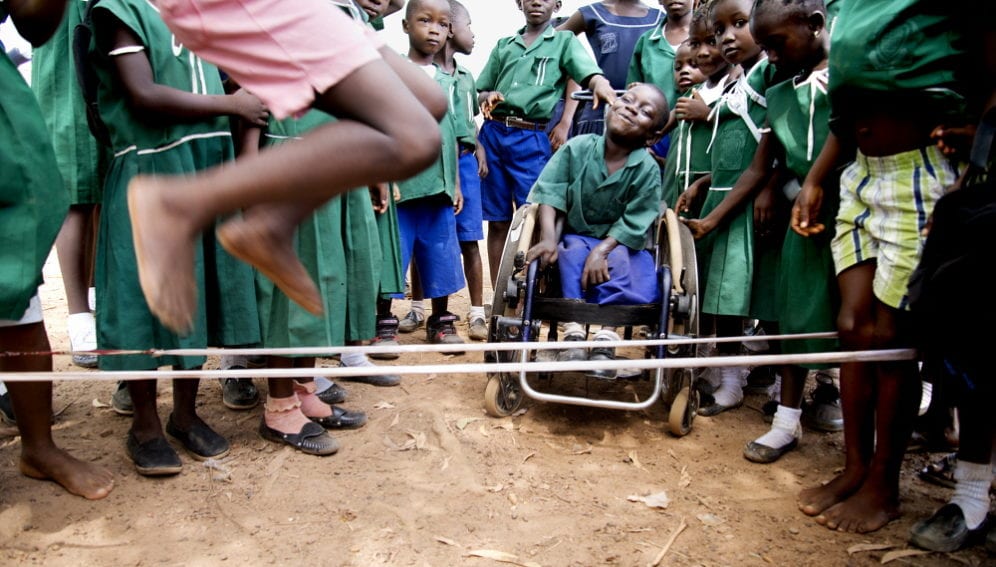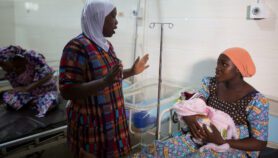By: Joshua Howgego
Send to a friend
The details you provide on this page will not be used to send unsolicited email, and will not be sold to a 3rd party. See privacy policy.
But a new study she led indicates that the majority of disabled children in the developing world are in some form of education. So, she says, it’s time for the debate to move on from “getting bums on seats” to focusing on the quality of education these children get and their overall school experience.
The study by Kuper’s team was published in PLOS One last month. [1] It used data from surveys of almost a million children in 49 nations across the developing world that are sponsored in programmes run by children’s charity Plan. And it showed that, generally, 60-70 per cent of surveyed children with disabilities were in school (although there were exceptions to this rule — see graph).
The surveys were designed to inform the letters Plan sends to update Western donors who sponsor the children. Although the questions are basic, one asks whether the child has an impairment or disability.
Since the exact same questions are used in each country, the resulting data are directly comparable and therefore powerful, Kuper tells me.
“The vast majority of the literature on disability is small, qualitative studies,” she says, noting that even the WHO’s World report on disability is built on information from such studies. [2] “Our study is large and uses the same question across different countries, so it’s comparable — and that’s what’s unique about it.”
A caveat is that the children that Plan helps have received aid and so may be more likely to have access to education and to come from poor backgrounds than the rest of the population. But Kuper says several other studies she conducted in individual countries back up the finding. One, conducted in Malawi, found that 73 per cent of the 2,700 children with disabilities surveyed were in education. [3]
Kuper adds that other NGOs — including World Vision, which runs its own sponsor–a–child programme — conduct similar studies using the data that they already collect for research.
The PLOS One study also reveals that, among those surveyed, about a third more boys than girls have disabilities. And the results show differences in the prevalence of different types of disability reported across continents — for example, mental disabilities were seldom reported in Africa but were more commonly flagged elsewhere. Although Kuper has theories about the causes of these trends, she says more research is needed to unpick their genesis.
But her main aim is for her results to help move debates around the schooling of disabled children away from merely getting such children into education and towards discussing how to ensure the teaching they get is good quality.
References
[1] Hannah Kuper and others The impact of disability on the lives of children; cross-sectional data including 8,900 children with disabilities and 898,834 children without disabilities across 30 countries (PLOS One, 9 September 2014)
[2] World report on disability (WHO, 2011)
[3] The Malawi key informant child disability project (London School of Hygiene & Tropical Medicine, 2014)














